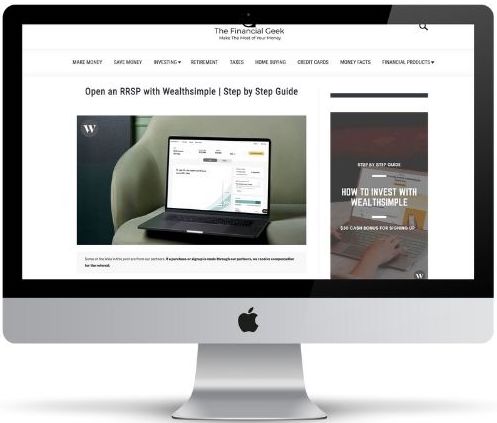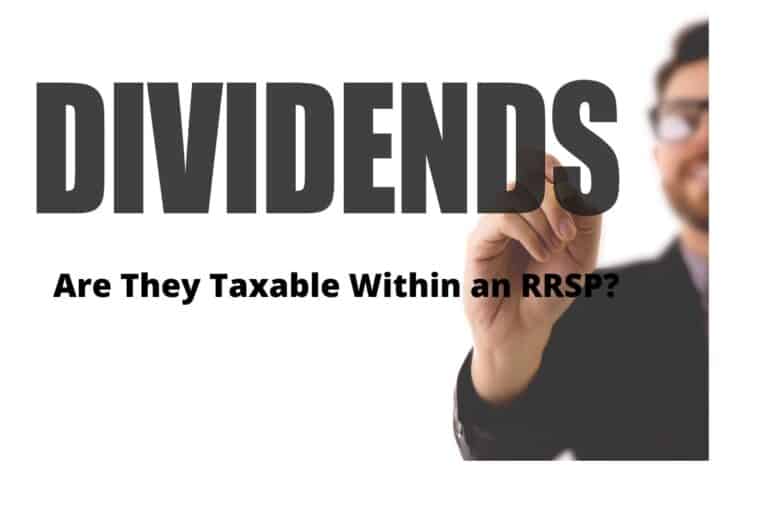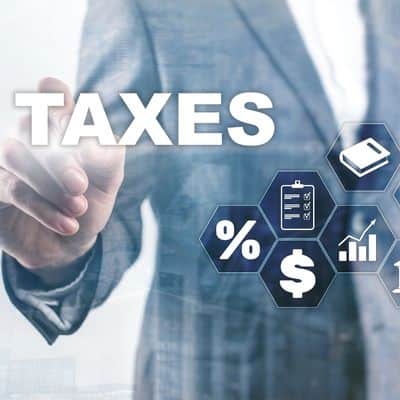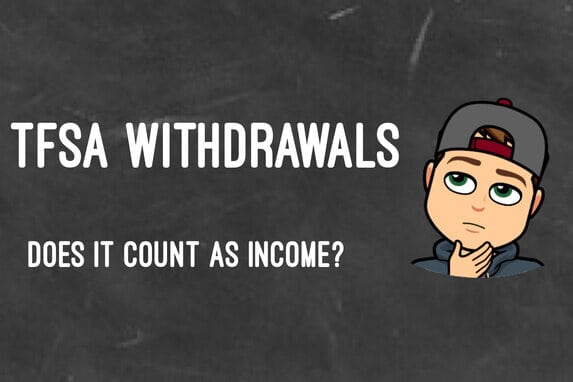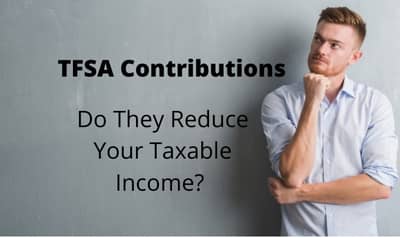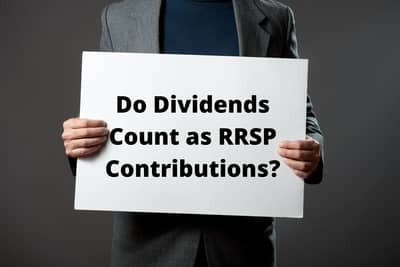
Some links in this post are from our partners. If a purchase or signup is made through our partners, we receive compensation for the referral.
The main purpose of this article is to help you better understand what taxes apply to your RRSP after the age of 65.
If retirement is just around the corner for you, I am jealous, but not understanding the tax consequences of your RRSP after the age of 65 can cost you big time.
The manner in which your RRSP is taxed does not change after you turn 65. If you keep your investments within your RRSP after the age of 65, your money will continue to grow at a tax-deferred rate. But remember, you must close up your RRSP on December 31st of the year you turn 71.
Open up an RRSP with Wealthsimple Today and Earn $25.
Open up a RRSP with Wealthsimple Invest Today ($25)
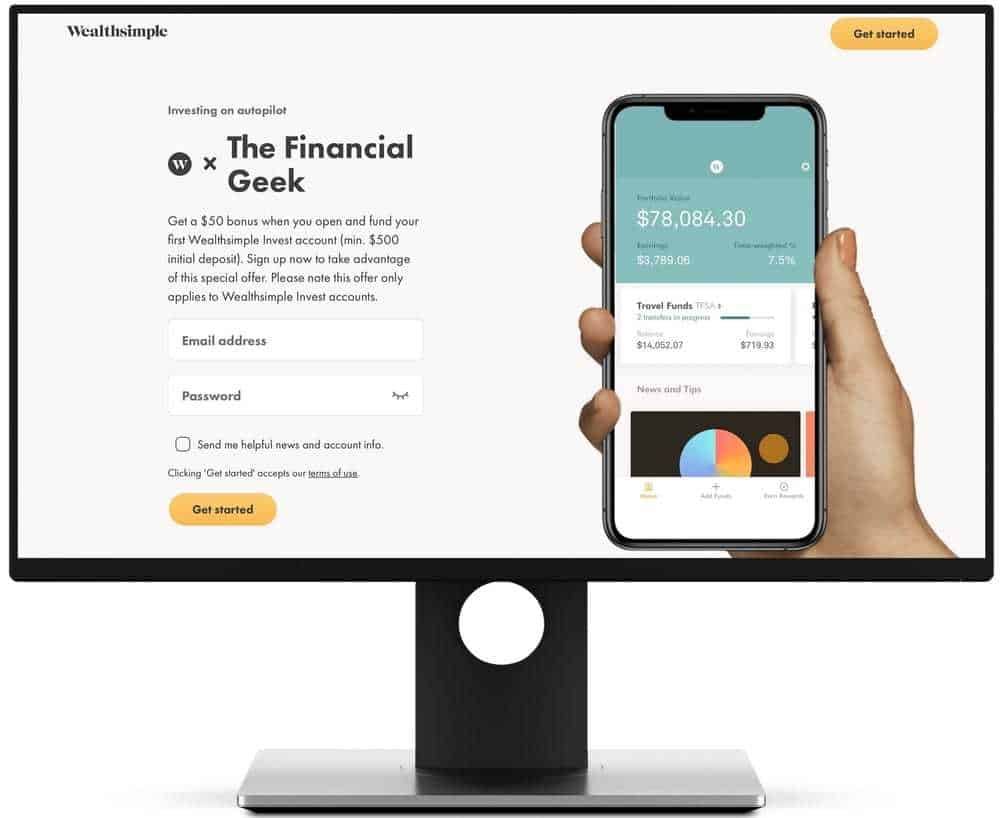
Earn a $25 Bonus with Sign – Up
- RRSP contributions are tax deductible
- Very simple sign-up process
- No account minimum
- Account creation is 100% free
- Modern user interface
While your RRSP investments will continue to grow at a pre-tax rate after the age of 65, you only have a maximum of 6 years left until you must close up your RRSP account.
Let’s give an example with a guy named Gary to help clarify our answer.
Gary is a 65 year old man with $2,000,000 in his RRSP. Despite the fact that he can retire whenever he wants, Gary loves his job and decides to keep working until he turns 71.
Gary’s $2,000,000 nest egg will continue to grow tax free for the next 6 years just like it has done for the previous 40 – assuming he started investing in it when he was 25 years of age.
If Gary earns a 10% return each year on this $2,000,000, by the time he turns 71, his $2,000,000 will now be $3,543,122 as it continues to grow at a pre-tax rate – despite aging past 65.
| Age | RRSP Amount | Taxes Owed |
|---|---|---|
| 65 | $2,000,000 | $0 |
| 66 | $2,200,000 | $0 |
| 67 | 2,420,000 | $0 |
| 68 | $2,662,000 | $0 |
| 69 | $2,928,200 | $0 |
| 70 | 3,221,020 | $0 |
| 71 | 3,543,122 | $0 |
Point being, Gary’s RRSP won’t be taxed any differently from ages 65-71 as long as he doesn’t make any withdrawals. At age 71 however, Gary must close out his RRSP.
With that said, it is important you, and people like Gary, understand what options you have available once your RRSP has matured.
Related Financial Geek Article: Retire Early as a Canadian | 15 Tips and Tricks
RRSP Maturity Options
To recap what was stated above, if you decide to hold onto your RRSP between the ages 65-71, just know that you won’t pay any additional taxes because you turned 65.
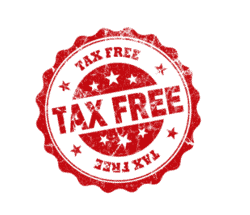
Status quo with your RRSP from ages 65-71, assuming you keep your account open. Your contributions will continue to be tax deductible and your investment returns will continue to compound tax-free.
Quick Note #1 – Despite turning 65, keeping your RRSP account open means you still won’t have any access to the funds held with your account.
But what about when your RRSP matures, or you decide to close it out? What happens then?
Here are your three options:
- Convert it to an RRIF
- Purchase an Annuity
- Cash Out
Convert it to an RRIF
An RRIF is another registered account offered to Canadians by the Canadian government.
Unlike an RRSP, you can’t actually contribute money into your RRIF besides for when you convert it from your RRSP.
An RRIF allows you to continue to grow your money at a tax-free rate as long as your money stays within this account.
You must withdraw a minimum amount from your RRIF each year and this income, regardless of your age, is taxable.
Additionally, if you choose to withdraw more than your minimum amount from your RRIF in a given year, then you will have to pay a withholding tax on that additional amount.
This amount will be paid to the government on behalf of your RRIF issuer.
Purchase an Annuity
Similar to an RRIF, your RRSP issuer will not withhold any taxes if you decide to purchase an annuity with your RRSP.
An annuity is a contract between you and an insurance company in which you make a lump-sum payment or series of payments and, in return, receive regular disbursements, beginning either immediately or at some point in the future.
Investopedia
Similar to a RRIF, income earned from this annuity will be considered taxable income.
The great thing about purchasing an annuity is that it is similar to a pension where you are essentially guaranteed an income for the rest of your life and you or your spouse don’t have to worry about running out of money.
Cash Out
Cashing out your RRSP as a lump sum is certainly an option for you, and while there may be some circumstances when cashing out a portion of your RRSP makes sense, make sure you consider the tax consequences of this option.
Quick Note #2 – You can technically cash out money from your RRSP at any time. You don’t have to wait for retirement.
When you withdraw money from your RRSP, you will first have to pay a withholding tax followed by income taxes based on your withdrawal amount.
| Withholding Rate (%) | Amounts ($) |
|---|---|
| 10% (5% Quebec) | $0 – $5,000 |
| 20% (10% Quebec) | $5,001 – $15,000 |
| 30% (15% Quebec) | $15,001 + |
Imagine if Gary decided to go with this option at 71. Depending on where he lived, he could have ended up paying back more than half of his withdrawal in taxes.
To calculate how much you would have to pay in income taxes based on your withdrawal, use this income tax calculator by Neuvoo.
If you haven’t opened a RRSP yet, I’d recommend doing it with with Wealthsimple. If you want to open up an account, register here and get a $50 cash bonus.
If your not quite ready to sign up but you’d like to at least learn more about Wealthsimple’s benefits and the sign up process, I’d recommend checking my article on the 10 benefits of opening an RRSP with Wealthsimple along with a step-by-step guide (screenshots included) on how to setup an account.
Can you Withdraw from RRSP Before 65?
You don’t have to wait until 65 years of age to withdraw money from your RRSP. Regardless of your age, you can always withdraw funds from your RRSP – but you will be taxed heavily.
For example, if Gary at age 40 desperately needed $20,000 – he could withdraw this money from his RRSP just like he could after 65, and the tax consequences would be the same.
His RRSP issuer would first deduct 30% in withholding tax and then come tax season he would have to include this money as part of his taxable income.
So if Gary needed the full $20,000, then he should really withdraw roughly $28,572 from his RRSP and then prepare himself to pay more in income taxes come tax season.
| Total Withdrawal | Withholding Taxes | Net Withdrawal | |
|---|---|---|---|
| $ | $28,572 | $8,571 | $20,000 |
| % | 100% | 30% | 70% |
Quick Note #3 – Your financial institution may charge you a fee for withdrawing money from your RRSP before 65, so make sure you check this before making any withdrawals.
There is also no minimum age for you to transfer your RRSP to an RRIF or to purchase an annuity.
Make sure you speak with a financial expert before making these decisions though. As you saw with Gary, waiting a few extra years almost doubled his money.
Finally, if you are buying your first home (Home Buyers’ Plan) or going back to school (Lifelong Learning Program), you can withdraw money from your RRSP tax free – regardless of your age.
While you will have to repay these funds, the withdrawals won’t be subject to withholding or income taxes.
Conclusion
To conclude, if you decide to purely cash out your RRSP after the age of 65, you will be required to pay taxes on this withdrawal.
Not only will you be subject to a likely heavy income tax bill, but your withdrawal amount will also be subject to withholding taxes based on the amount you withdraw.
Here’s the thing though, these same principles also apply for when you are under the age of 65.
While the amount you pay in income and withholding tax may vary when making RRSP withdrawals, the variance is determined by your withdrawal amount and not by your age.
Remember you have options when it comes time to close out your RRSP.
Whether you convert your RRSP to an RRIF, or you purchase an annuity, these transactions will be tax free.
Moving forward, the income you earn from these financial vehicles are taxable, so I would recommend waiting until you are in a lower tax bracket before making these transitions.
But again, make sure you speak with a professional first, these are BIG financial decisions that you should’t take lightly, I don’t care how amazing the blog you are reading is.
Subtle flex but okay,
Geek, out.

